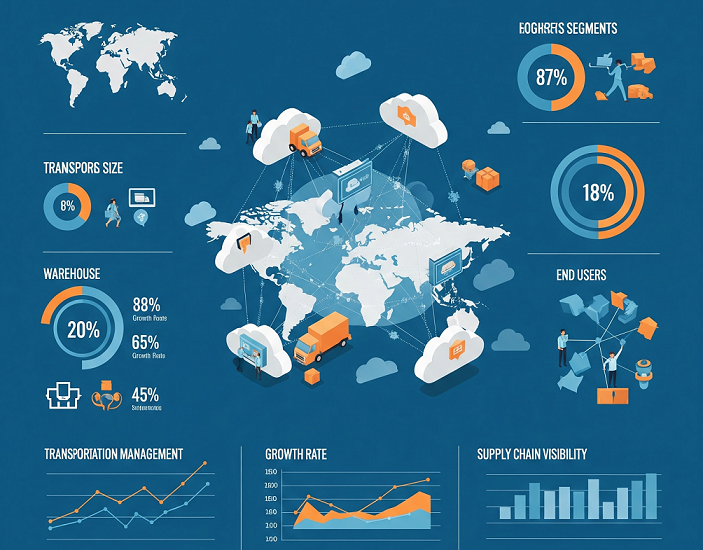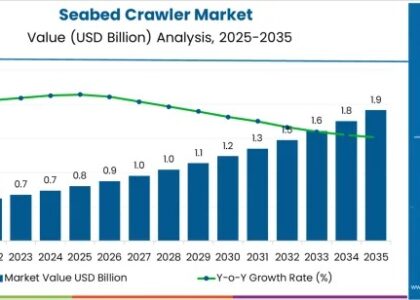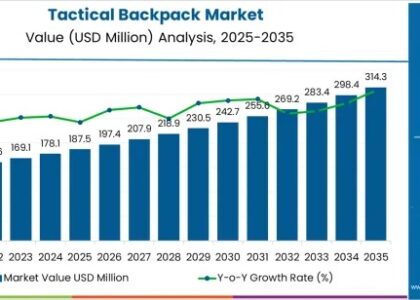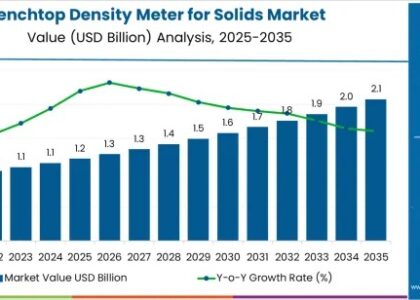Moreover, growing cloud computing market adoption by logistics service provider, third-party logistics (3PL) firms and freight management solution, is anticipated to grow the cloud logistics market at a CAGR of 12.1%, during the forecast period (2025 to 2035).
Supply chains have become smarter, faster, and increasingly global—but also more vulnerable. Whether it’s managing real-time inventory, responding to disruptions, or optimizing last-mile delivery, the demands placed on logistics systems today are relentless. Beneath the surface of these operations, a quiet yet powerful transformation is underway: the rise of cloud logistics.
It doesn’t move the goods or drive the trucks. But it connects every node in the chain—from warehouses to fleets to customer endpoints—making the entire system responsive, resilient, and intelligent. In a world where seconds matter and disruptions cost millions, cloud logistics is the new foundation of competitive advantage.
Get Ahead with Our Report: Request Your Sample Now!
https://www.futuremarketinsights.com/reports/sample/rep-gb-18532
Beyond Warehousing: Logistics Without Borders
Traditional logistics platforms were confined to physical servers, siloed data, and localized control. Cloud logistics, by contrast, enables end-to-end visibility and coordination across geographies and time zones. Real-time updates on shipment status, predictive route adjustments, and dynamic inventory allocations are now standard—not luxuries.
It’s not just software; it’s a nervous system for global supply chains. Every scan, location ping, or delivery update feeds into a unified platform accessible by stakeholders across the globe. This decentralization allows businesses to respond to changing demand or disruption in hours—not days.
Underestimated in the Age of Automation
While headlines focus on robotics in warehouses or AI in forecasting, cloud logistics often remains under the radar. Yet, without cloud infrastructure, these technologies would remain disconnected islands of automation.
The cloud serves as the integration layer, harmonizing data from sensors, vehicles, ERP systems, and customer apps. It transforms fragmented processes into coordinated ecosystems—making AI smarter, decisions faster, and workflows more efficient.
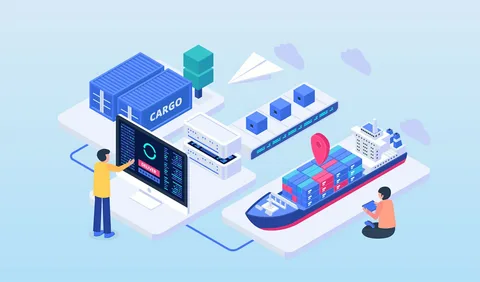
Breaking Through Operational Silos
Legacy logistics systems often trap data within departments: procurement sees one version of demand, transportation another, and customer service yet another. This fragmentation breeds inefficiency and delays.
Cloud logistics solves this by offering a shared, real-time view of operations. Stakeholders across the supply chain—from manufacturers to 3PLs to end customers—can collaborate using the same data set. It’s not just transparency; it’s synchronization at scale.
Resilience in a Volatile World
From geopolitical tensions to natural disasters, today’s supply chains face constant turbulence. Cloud logistics provides the agility needed to reroute shipments, shift inventory, or onboard new suppliers at short notice.
Scalability is built in. During peak seasons or market shifts, organizations can expand operations virtually—adding users, nodes, or regions—without the burden of infrastructure changes. This dynamic flexibility turns logistics from a reactive function into a proactive strategic tool.
Exhaustive Market Report: A Complete Study
https://www.futuremarketinsights.com/reports/cloud-logistics-market
From Track-and-Trace to Predict-and-Prevent
The most transformative shift? Cloud logistics is evolving from basic tracking systems to predictive, decision-support platforms. Advanced analytics and machine learning algorithms, running on the cloud, now anticipate delays, optimize delivery windows, and even auto-correct fulfillment workflows.
The result is not just operational efficiency, but a better customer experience—from more accurate delivery ETAs to smarter returns handling.
The Silent Backbone of Smart Commerce
As digital commerce grows, consumer expectations for speed, transparency, and reliability follow. Cloud logistics may never be visible to the end-user, but it is the force ensuring that promises made at checkout are kept at the doorstep.


